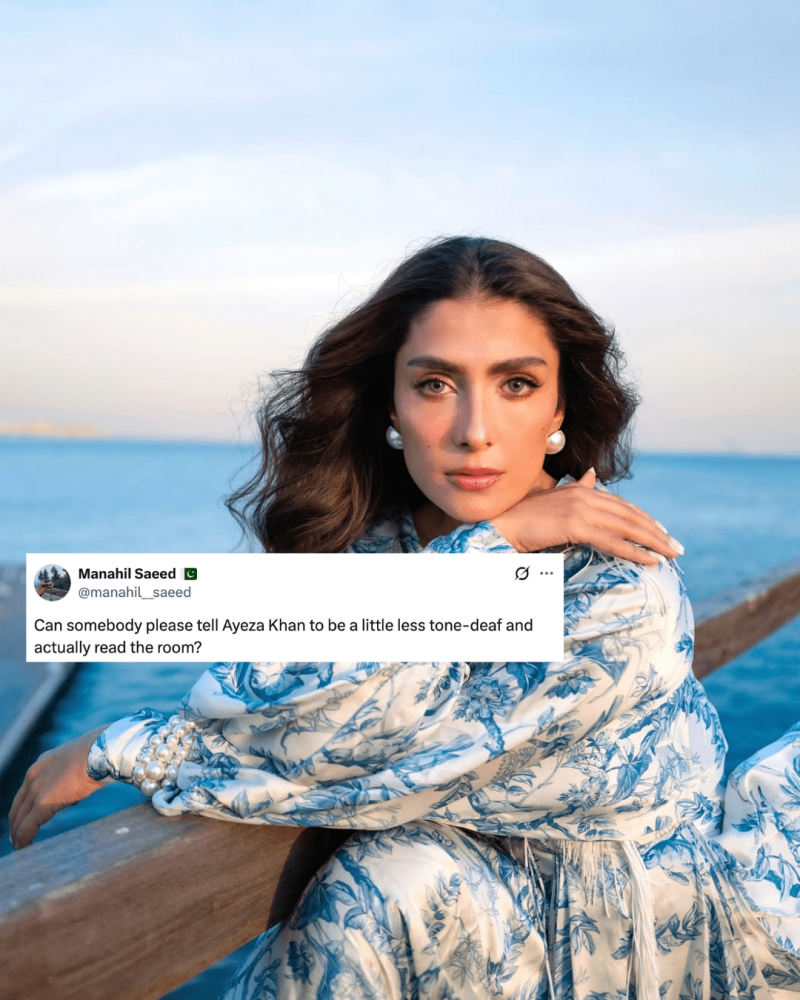Ali Sethi's song Chandni Raat gives hope at a time when it is needed most
Ali Sethi's latest song Chandni Raat speaks to one on so many levels.
Directed by Sarmad Khoosat and Awais Gohar, the soft number has been composed using "only three instruments: the violin, horn and a 130-year-old piano," Sethi tells Images. "No digital instrument has been used in this song, everything is hand played. That's the story of the music."
The five minute music video shows people from various backgrounds incongruous within a shared space and though it creates a contrast between the old and the new, it remains ambiguous, open to interpretation of the viewer.
Each individual shares a space that belongs to them but towards the end of the video, they all come together as one, in peace and harmony and the darkness turns to light as they reach out to each other for comfort, support, kindness.
Ali, who has been training in classical music for years now under Ustad Naseeruddin Saami, says that one of his favourite raags is 'Gaud Sarang'. About the poetry, he says that he had read Saifuddin Saif’s Urdu ghazal and couldn’t get the first sher (couplet) out of his head: ‘Chandni Raat badi der ke baad aayi hai, lab pe ik baat bari der ke baad aayi hai'.
"It's a very sweet, melancholic, very playful melody. And then those two lines jumped out at me. I think the song represents all of us and can be interpreted in many creative ways," he says.
The singer started playing around with this raag when he decided that he wanted to compose a song around it. He sat down with a lyricist in Lahore Shakeel Sohail and worked two more rhymes with this line.
"There wasn't just one concept behind the song; it speaks of separation and union, the society, an individual, about the nation, about loneliness, about community and about love -- and that's the beauty of ghazals, that they speak to all of us," adds Sethi.
Sarmad Khoosat tells us that it was a pleasant journey working with Ali as the two have worked together multiple times in the past. "From Manto days and the ghazal he sang for me; I know how his mind works, I was thrilled [to be working on this project] also because ghazal is a genre close to my heart," he says.
Although he admits that there was some push and pull, which happens when creative minds work together, in the end everything worked out favourably. "We were clear on one thing, that it had to be an abstraction and not like storytelling. We needed an interesting ensemble of people and an abstraction."
"We didn't want to make huge, bold iconic statements in the music video. For me it's people coming together, being unified without making it melodramatic. The video gives an odd dystopia [feel], It can be read whichever way the viewer wishes to read it. We took 21 people, because I just wanted that number; some people [featured in the video] are friends, some actors, my brother is in it as well," adds the director.
He promptly gives credit to his co-director Awais for coming up with the idea of the location, "I need to give him credit for that. We worked very hard on getting that location."
"Chandni Raat is more about the emotions involved -- that's what music invokes. There wasn't a list of ideas to include, it's about whatever it means to people."
The song has been produced by Noah Georgeson. Nijat Ali is on the violin, Tyler Cash, the piano and Jordan Katz, the trumpet and flugelhorn.














Comments